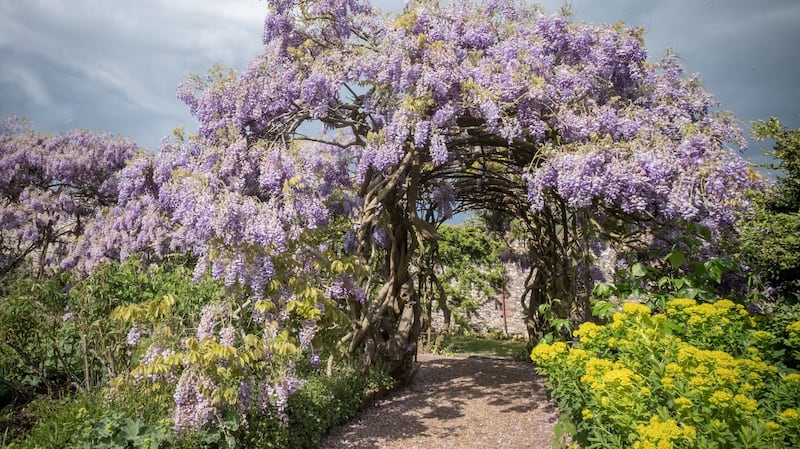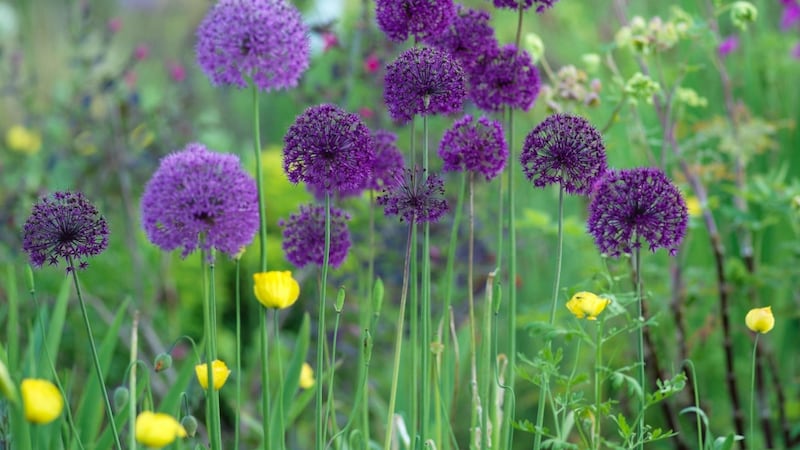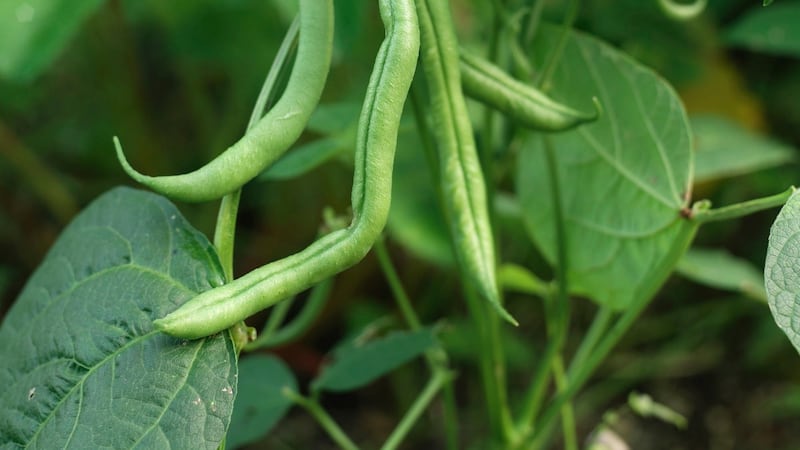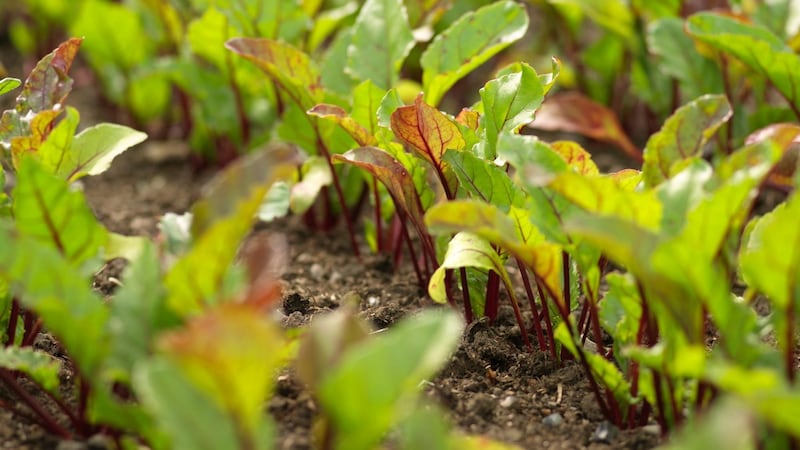The hardy, vigorous climbing plant known as wisteria is in magnificent bloom in many Irish gardens at this time of year with its lilac-blue or white flower racemes decoratively draping high walls, old trees and tall house facades. If you’d like to grow this plant in your own garden, then now is a good time to buy it in a garden centre while plants are in full bloom and you can be sure of exactly what you’re getting.
In particular, make sure to buy a well-grafted plant rather than one raised from a cutting, seed or layering, as the former is much more reliable as regards early flowering and larger flower size.


Grafted wisteria plants can be easily identified by the obvious grafting scar (it looks like a healed but bumpy wound on the stem), which is typically found about 10-12cm above ground level.
The two different species of wisteria widely available from good garden centres are Wisteria sinensis (Chinese wisteria) and Wisteria floribunda (Japanese wisteria). The former flowers before it comes into leaf and its stems/shoots grow in an anticlockwise fashions while the latter’s flowers and leaves appear at the same time. Its shoots/stems grow in a clockwise fashion and its flowers are also larger and more pendulous.
Both species like a fertile, moisture-retentive but free draining soil in either full sun or light shade (but not deep shade as this will prevent them from flowering) and prefer a large, high structure that they can be trained against. But even in a small garden they can also be kept compact enough to grow as a trained “standard” plant in a large container by following a regular and careful pruning regime.
In fact, all wisteria need regular pruning twice a year to encourage them to flower and prevent the plants from pouring all of their energy into unwanted new growth – the first in July/August a couple of months after the flowers have faded and then again the following February. For the same reason, it’s also important not to overfeed plants. For a detailed step-by-step guide to pruning wisteria, see rhs.org.uk
Allium time
June is also allium time when these hardy bulbous perennials add lots of flounce and colour to our gardens with their drumstick flowers in shades of lilac, mauve and white. Ideally alliums should be planted as bulbs in autumn but if you love the idea of adding some of these statuesque blooms to your garden in the coming weeks, then it’s also possible to buy the plants in flower as container-grown specimens from good garden centres while many of the specialist nurseries showing at Bloom will also have them for sale.

One of the best-known varieties is Allium hollandicum ‘Purple Sensation’ which gives a reliable display of its 60cm tall large, violet coloured, pollinator friendly flowers every year and will happily self-seed if given the right growing conditions. It’s happiest in a humus rich, moisture-retentive but free draining soil in full sun or light shade and looks right at home in almost all planting combinations .
Less well-known is Allium ‘Silver Spring’, each of whose whose starry white florets is punctuated with a central blackcurrant-coloured eye. Other recommended species/ varieties of this versatile family include the award-winning Allium ‘Ambassador’ (very large and impressively long-lasting violet-purple flowers that reach a height of 100-120cm) and the later-flowering (July-August) and more understated Allium sphaerocephalon. Most decorative alliums also make excellent cut flowers while their statuesque blooms can used as dried flowers.
What to plant out
In the kitchen garden/allotment, it’s time to plant out leeks, lettuce, winter cabbages, Brussels sprouts, chard, celery and kale as well as heat-loving plants such as pumpkins, French beans, sweetcorn, courgettes and squash. Make sure to give the latter a really sunny, protected spot and protect them from cold winds and chilly nights with a cloche or a layer of gently pegged-down garden fleeces until they’ve properly established themselves.

There’s also still time to make outdoor sowings of peas, beetroot, maincrop carrots, Florence fennel and Chinese cabbage. Rows of young seedlings sown in previous weeks will also need to be carefully thinned out to the correct spacing. But bear in mind that the pest known as carrot fly is highly sensitive to the smell of the plants, which is always at its strongest when thinning the young seedlings.
So, carefully collect all carrot thinnings as you go, bag them immediately and dispose of them off site. It’s also best to cover the young plants with a protective layer of bionet (available from good garden centres and to order online from Cork-based Fruithill Farm, fruithillfarm.com) to prevent the adult fly from laying its eggs in the developing roots.

Dates For Your Diary 31st May- 4th June (9am-6pm), Bloom in the Park, Phoenix Park, Dublin, see bloominthepark.com; June 10th, Spink Community Grounds, Spink, AbbeyLeix, Co Laois, Buds & Blossoms Laois Garden Festival' with guest speakers Bob Brown of Cotswold Garden Flowers, Paul Smyth, plantsman and chief propagator at Crug Farm Plants, and broadcaster and garden writer Dermot O' Neill, as well as specialist plant sales and local food producers, admission €5-€10, children free, see laoisgardenfestival.com













